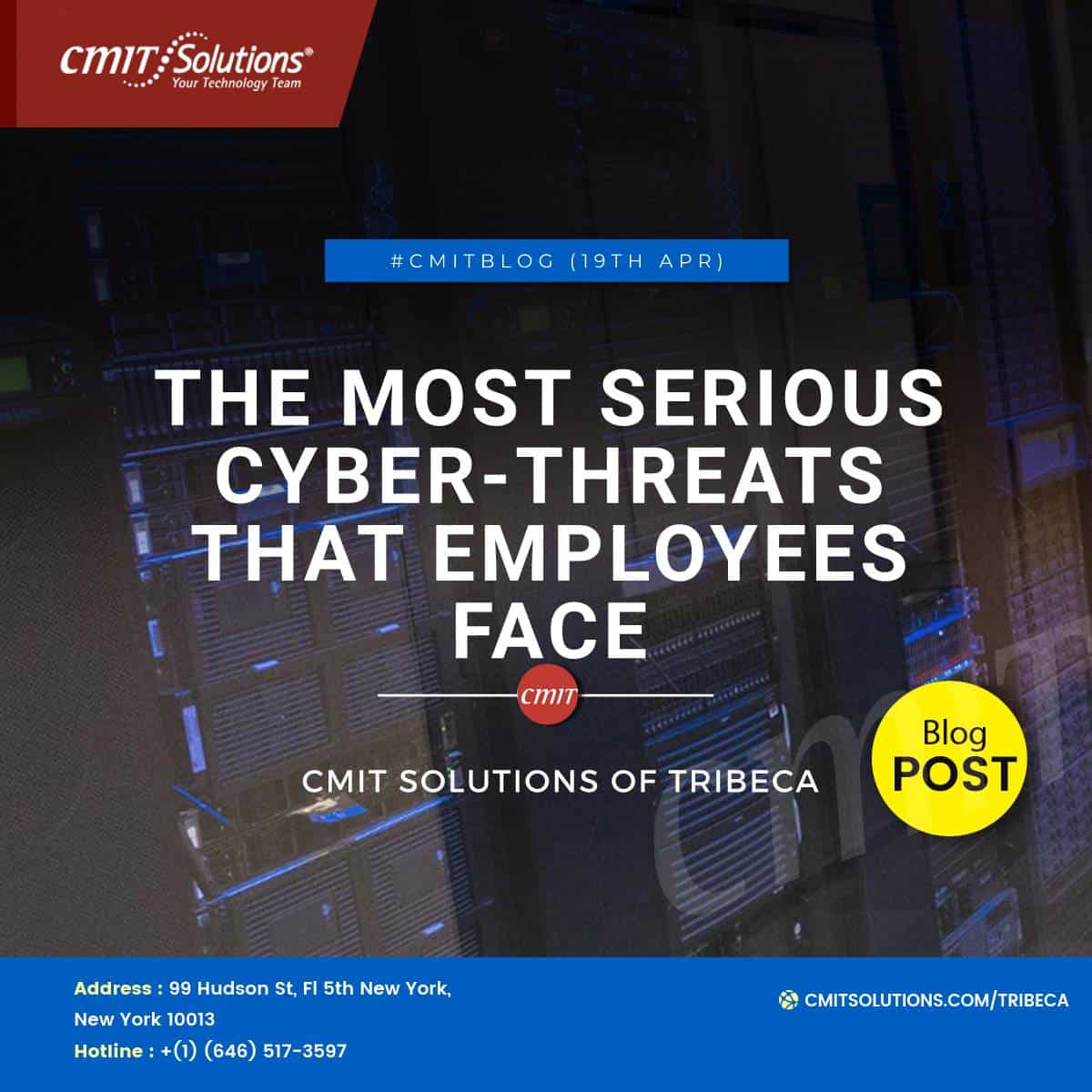There are a plethora of methods used to launch a cyber assault phishing. Some assaults are more prevalent than others, but those that are unusual may also be more complicated and convincing.
In terms of assaults on workers, what are the most typical forms of these attacks?
Phishing
Phishing assaults are the most prevalent kind of hack on workers. These are designed to collect information that may be used by hackers to gain access to your system. It’s common for attackers to impersonate employees both within and outside your firm to get access to your network. 91% of the time, phishing starts with an email. Social media may also be used to spread malicious links. At least one user’s credentials are stolen in 62% of phishing scenarios.
Definition of Phishing
The term “phishing” actually refers to the practice of using deceptive means to gain access to a victim’s personal or financial information, such as their bank account or credit card number, by sending them a bogus email or website request.
In layman’s terms, someone pretends to be strong or genuine to gain your trust. These are often mass emails sent to an organization’s entire email network. The goal is to deceive at least one person. Anybody. “Barrel phishing” refers to large-scale attempts aimed toward a single success. Spear phishing is a kind of targeted phishing. When an attacker impersonates the CEO of a corporation, the term “whaling” is used to describe it.
A typical phishing effort has what?
Emails that seem urgent, such as “Can you meet right now?” from the CEO, are likely to be phishing scams. Do you meet with the CEO regularly? Because of this urgency, workers are encouraged to click on the link quickly and without thinking.
Additionally, phishing documents are often littered with grammatical mistakes. Phishing emails are sent to big groups of people without any personalization. In the end, keep in mind that phishing emails aren’t likely to pay attention to the recipient’s identity. If the voice and language don’t match the person on the “from” line, it’s probably not.
How can you prevent phishing emails from reaching your inbox?
Using a spam filter is the simplest approach to prevent phishing emails from reaching your inbox. This won’t be able to protect you against specialist threats. However, it’s a simple technique to keep some of the tiniest berries out of your inbox.
Cybersecurity training for staff is the greatest approach to preventing successful phishing emails. Employees need to be taught how to detect a faked URL, as well as how to recognize the signals put forth in the preceding section.
Using Social Engineering
The majority of cyberattacks don’t begin online. Some people choose to begin their internet journeys offline before moving to the web. As a result, social engineering attacks may take place both offline and on the web.
Definition of social engineering
An assault method is known as “social engineering” makes heavy use of human contact. The majority of the time, attackers take advantage of victims to acquire access that would otherwise be denied. The attackers pretend to be trustworthy or authoritative to hide their true identity and evade detection.
Hacking a system directly may be more difficult than social engineering. The reason for this is that human mistake is so common in enabling cyberattacks to occur. You can make a world of difference with only one click or one door.
Examples of social engineering that are most often used
Phishing is a kind of social engineering in the strictest sense of the term. Employees are compelled to perform quickly by the prospect of a reward if their identities are concealed. With regards to gift cards, excursions, and other types of remuneration.
Diversion and thievery are two more kinds of social engineering. Sometimes couriers are deceived by attackers to steal goods or information that they are transporting. If you want to infect a specific target, “Water-holing” is a method of doing it. Many people go to these sites because they require information, e-commerce, or any other crucial purpose. Tailgating, or following someone to sneak into a location, is a physical type of social engineering. Think of a detective program or movie that you like.
What is the most effective way to prevent social engineering from taking place?
Cybersecurity training is the best defense against social engineering. However, you may make further efforts to avoid becoming a victim of social engineering. By adhering to basic cyber hygiene, hackers find it more difficult to infiltrate your network. Always take precautions to keep sensitive hardware and data safe.
Authorization and authentication controls are the most effective deterrents in this scenario. Restrict access to certain information or regions. As a result, negative actors have fewer options for reaching their objectives.
Even if you have complete faith in your staff, providing them access to your financial or personal information will do nothing for you. Only those with a legitimate need for the information should have access to it. Keep a second Wi-Fi network for guests as an extra precaution. This will prevent nefarious individuals out of your company’s computer network.
Ransomware
Pseudo-infiltration of an organization’s network is known as “phishing.” However, the next round of strikes is far more brutal.
Definition of ‘ransomware’
An assault known as ransomware locks a user’s data unless they pay a ransom to get them back. Threatening to destroy or reveal private information is a common tactic used by an attacker.
Examples of ransomware
Ransomware has been used to extort large quantities of money from businesses in the past. In July of 2021, an assault on the IT solutions provider Kaseya exploited a flaw in their software. During the DarkSide cyberattack in 2021, hackers disabled a US gasoline pipeline.
The WannaCry ransomware assault of 2017 was one of the biggest. One of the victims of WannaCry was the UK’s National Health Service (NHS). Ravil and Conti are two more ransomware gangs. Ryuk, a ransomware tool designed primarily for huge corporations, is one such piece of malware.
How does ransomware go around?
Phishing emails are a common entry point for ransomware. One login credential is all they need to get access to a whole database and demand ransom. Because of this, ransomware may spread over a company’s network. Typically, ransomware attackers use remote services to progress via a compromised machine. An attacker may penetrate a system, propagate inside it for around five months, and either reveal itself or be discovered during that period, which is a long time.
How to keep your computer safe from ransomware?
Again, reducing the likelihood of ransomware infection is the most important factor in avoiding it. Make sure you exercise good cybersecurity hygiene and are well-versed in the industry’s standard procedures.







